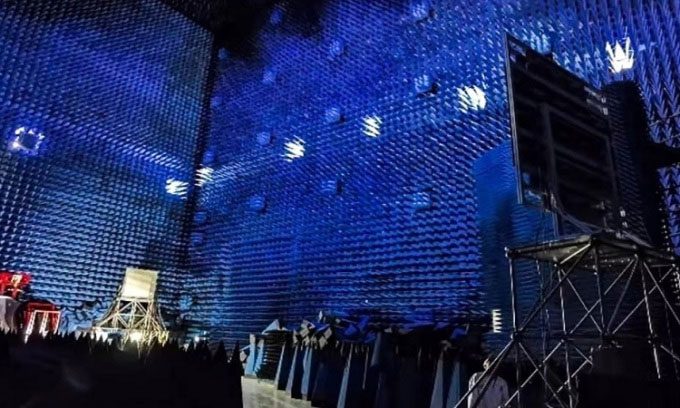China Plans to Build Space-Based Solar Power Plant by 2028, Transmitting Wireless Power from 400 km Altitude.

Microwave power transmission experiment on the ground. (Photo: Dong Shiwei)
According to a newly announced plan on June 2 in the journal Chinese Space Science and Technology, a satellite will be launched to test wireless power transmission technology from space to Earth. In the article, researchers indicated that the satellite will convert solar energy into microwaves or lasers and directly transmit energy beams to various targets, including fixed locations on Earth and satellites in orbit. The energy output is expected to be 10 kW, sufficient to meet the needs of several households.
However, the technology can significantly scale up, becoming an effective solution to achieve carbon-neutral goals, according to Professor Dong Shiwei from the Space Microwave Science and Technology Laboratory at the Chinese Academy of Sciences in Xi’an. Dong and his colleagues noted that the plan was first drafted in 2014 and has been revised to align with recent technological advancements as well as new circumstances both domestically and internationally. In the article, the research team shared unprecedented technological challenges in building the first solar power plant in space.
For instance, transmitting high-power microwaves over long distances requires antennas that are hundreds or thousands of meters long. Any movements caused by solar wind, gravity, or propulsion systems could significantly reduce transmission efficiency and accuracy. Other challenges include cooling multiple essential components, assembling large infrastructure in orbit through multiple launches, transmitting high-frequency microwave beams through the atmosphere in all weather conditions, preventing damage from asteroids, space debris, or deliberate attacks. According to Dong, Chinese scientists and engineers have made significant achievements in antenna control in recent years.
According to the new plan, a large-scale solar power plant in space will be constructed in four phases. Two years after the first launch, the program will send a more powerful satellite into geostationary orbit 36,000 km from Earth to conduct further experiments. The 10 MW power plant is expected to begin transmitting electricity for military and civilian use by 2035. By 2050, the power output of the plant will increase to 2 gigawatts, equivalent to a nuclear power plant, with affordable commercial costs.
An anonymous researcher in Beijing stated that the space-based solar farm could operate more efficiently than ground-based facilities due to its ability to generate electricity continuously 24/7. However, the health impacts of microwaves on individuals living near the signal reception stations remain unclear.





















































